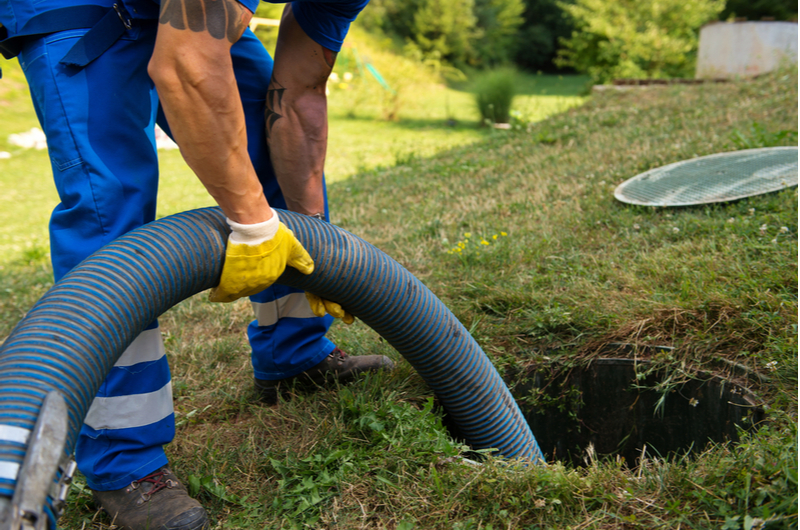Get Your Septic Tank Services and Repairs
Learn about the most common service issues for septic tanks. Discover some of the top septic tank technicians and average septic tank repair costs.
Septic tanks are used for wastewater treatment in areas with limited sewer systems. Septic tanks consist of multiple portions. A drainage pipe runs from your house into the septic tank, which is buried underneath the ground. When water flows through the tank, the tank catches any solids in the water, which would form a sludgy or scummy substance in the water. The rest of the water flows into a drain field.
The drain field is a separate chamber, built into the soil. Your wastewater flows through the soil, which eventually discharges it back into the ground. The soil helps remove harmful coliform bacteria. This allows you to get rid of your wastewater without causing any damage to the environment or risk contaminating your useable water. Septic tanks are efficient systems, but like any other household system, it requires proper maintenance.
Maintaining your Septic Tank
You are encouraged to get your septic tank inspected by a professional once every three years. If your septic tank becomes full, you must get it pumped. This process typically happens every three to five years, but may vary based on your septic system, location and the size of your household.
During an inspection, you will find out whether the tank needs to be pumped. Inspections are fairly quick. An inspector looks over the tank for cracks or other signs of exterior damage. Next, he or she measures the sludge layer inside of the tank. If it is within 12 inches of the outlet, you must pump your tank.
There are many professional septic technicians. If you are unsure where to find a technician, you can search through the National Onsite Wastewater Recycling Association (NOWRA) to find technicians in your area.
Septic Tank Warning Signs
There are several warning signs to look out for if you think your septic tank is not working properly. A common issue with damaged septic tanks is your drains frequently get backed up. If your septic tank is not working properly, the wastewater leaving your home is not processed. The sludge from the unprocessed water clogs your drains, causing clogs.
Another warning sign is your toilets being slow to flush. A slow flush means the septic tank is starting to fill up with sludge. This means either one of two things. The first is your tank is getting filled and needs to be pumped. The second is your drain field is damaged, causing the sludge to incorrectly process. While it is most common with toilets, your sinks or bathtubs draining slowly may also indicate a problem with your septic tank.
If there is standing water near either the drain field or septic tank, your tank is either flooded and needs to be pumped or it is overflowing. Standing water is easy to spot, since it has a strong, sewage smell. If you notice a rotten smell coming from your septic tank, call a technician as soon as possible. Strong smells indicate the septic tank is no longer working, often requiring a replacement instead of a simple repair.
Repairing your Septic Tank
Septic tank repairs range from simple to complex. The most common solution to septic tank issues is pumping the water. If you continue to use your septic tank while it is clogged, you risk causing more significant damage. If your septic tank was pumped recently but you are still experiencing clogs, there may be an obstruction in one of your pipes. The difficulty of fixing a pipe changes depending on the obstruction. In the most severe cases, you must dig up the tank and replace one of the pipes.
It is possible for your pipes to get damaged by tree roots growing around the drains. These roots cause your pipes to crack and eventually break. If your pipes are cracked due to tree roots, you must replace the pipes. There are stronger, plastic pipes designed to withstand growing roots. If you are planning to plant a tree in your yard, make sure it is placed far away from your tank.
If your pipes or septic tank are leaking, the only solution is to replace the damaged parts. These problems must be fixed immediately, otherwise, it can lead to serious health risks.
Hiring a Septic Tank Technician
Because septic tanks are buried under the ground, they require specialized technicians to treat any issues. The cost of repairs depends on the extent of the damage, as well as the company. On average, getting your tank pumped and cleaned costs between $250 and $400. Replacing a filter or repairing a pipe is $200 to $300. Repairing a damaged tank has a much wider range, costing between $700 and $3,000, largely depending on where the tank is placed. Some of the top septic tank repair services in the United States include:
